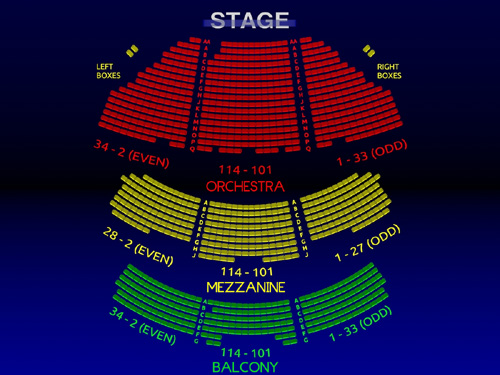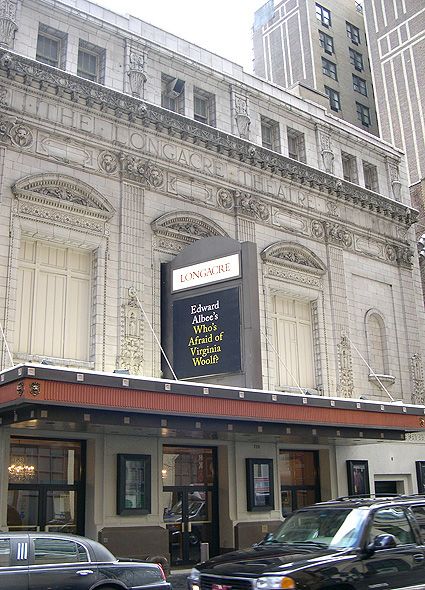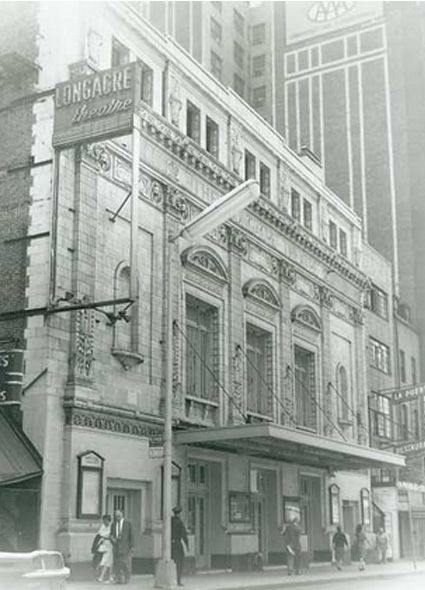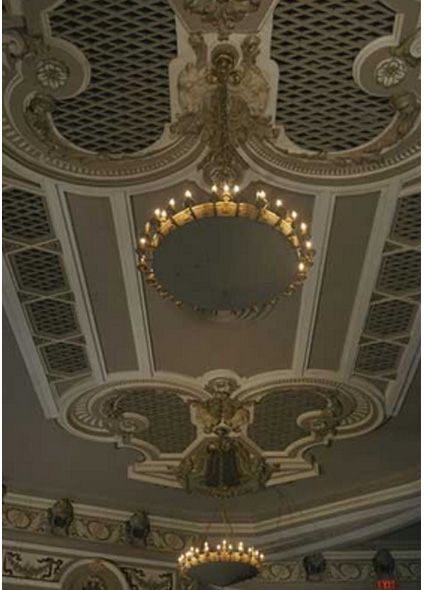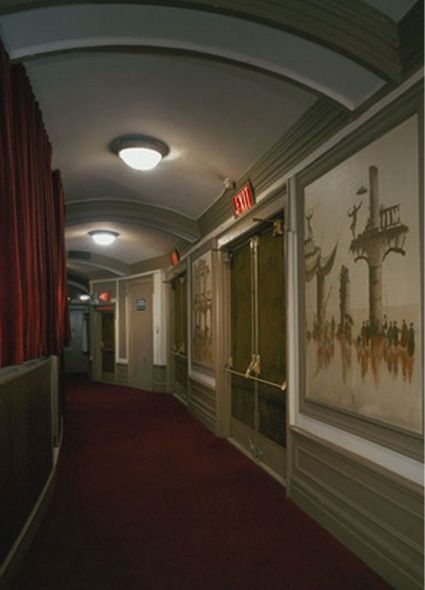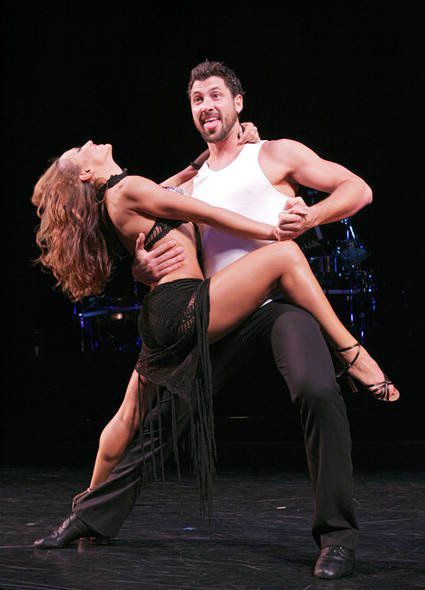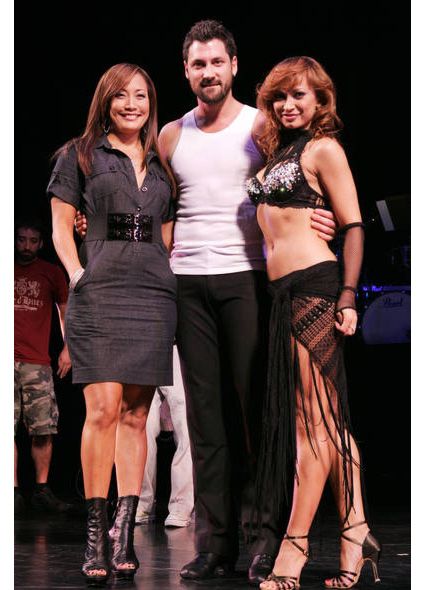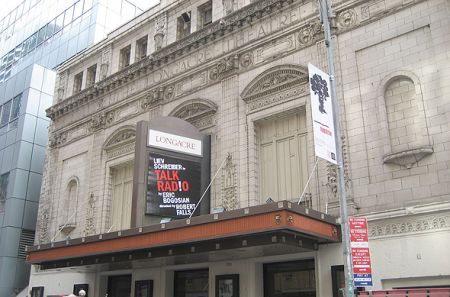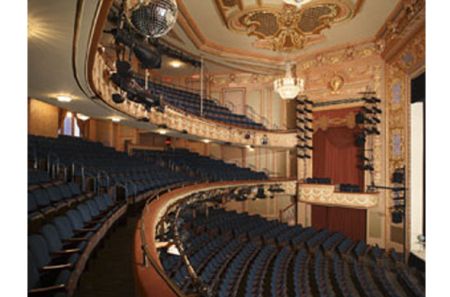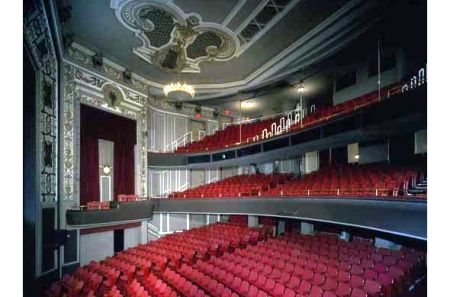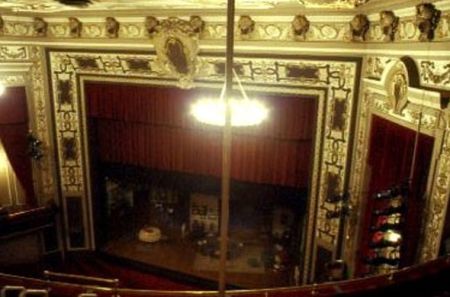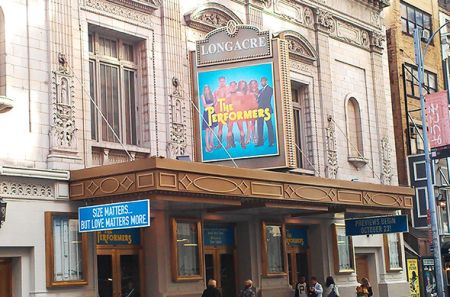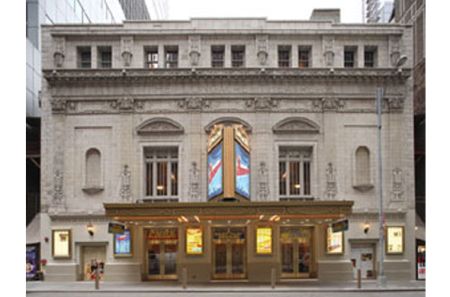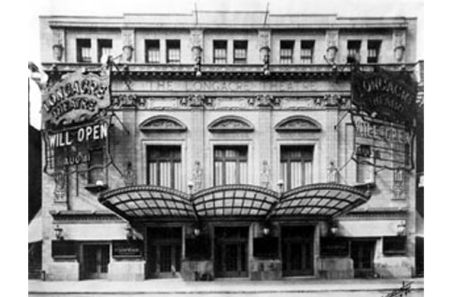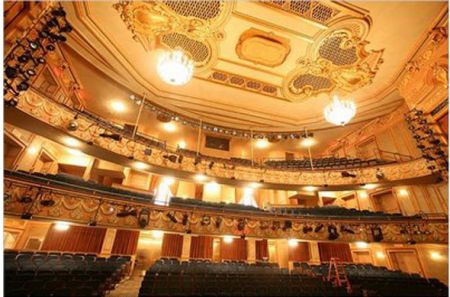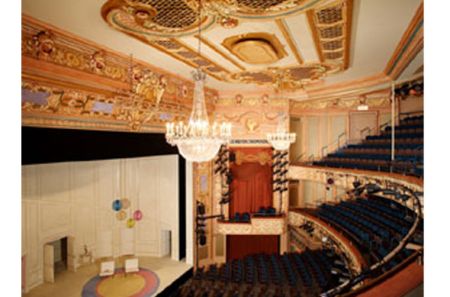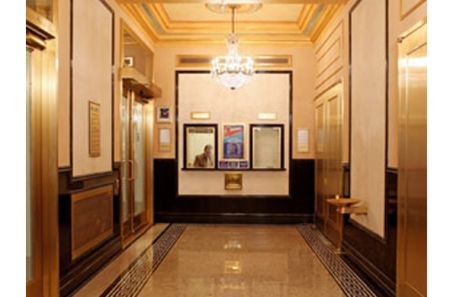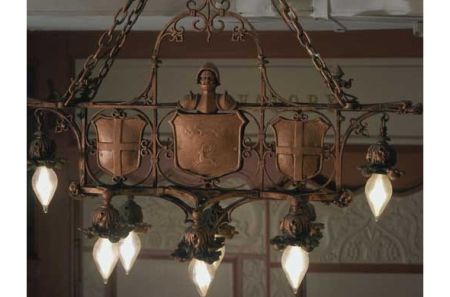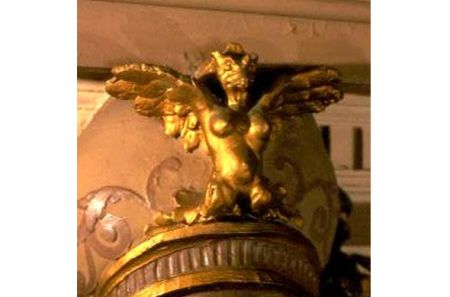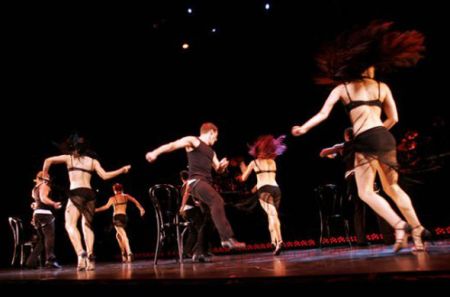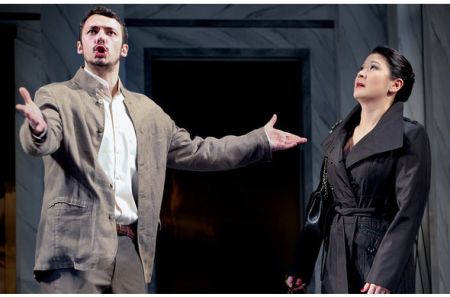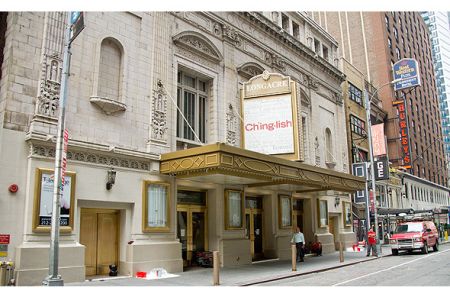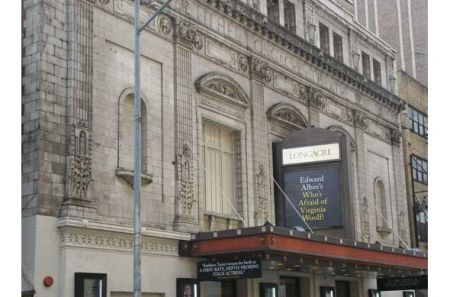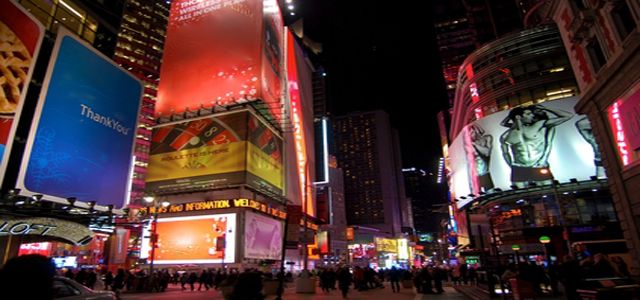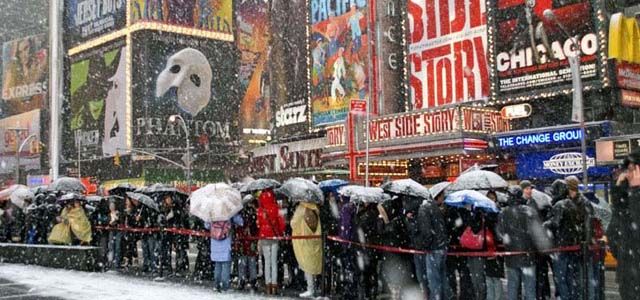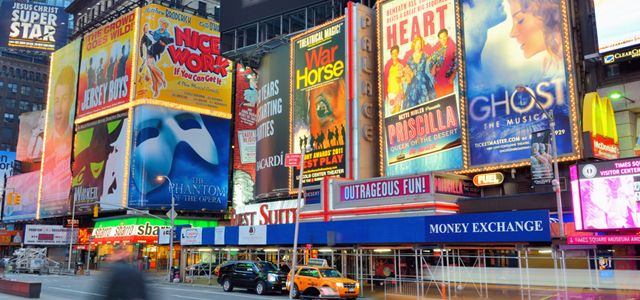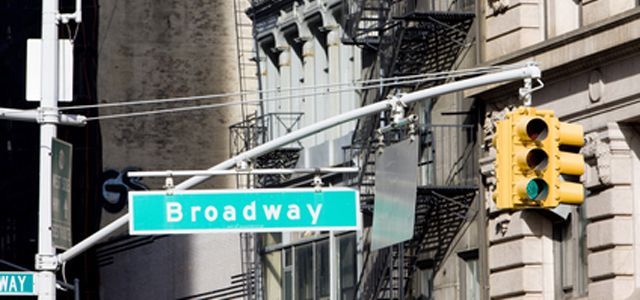The Longacre Theatre
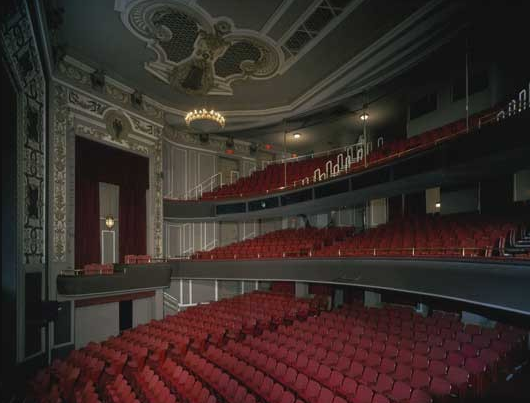
The Longacre Theatre was named after Longacre Square, which is the former name of Times Square. The theatre was constructed by producer/manager H.H. Frazee. Frazee envisioned the theatre being used to house musical comedies. The producer/manager began struggling financially, and with that the theatre changed ownership many times. In 1919, it was sold to Astor Theatre Incorporated, a Shubert company. From 1943 to 1953, WOR leased it as a radio and television studio, but it returned to legitimate use in the 1950s.
A Long History
On May 1, 1913, the Longacre presented its first production of the William Hurlbut-Frances Whitehouse comedy Are You a Crook? Distinguished productions at the Longacre include Kick In (1914) featuring John Barrymore and Katherine Harris, and Nothing But the Truth (1916) starring William Collier. In the 1920s, Ethel Barrymore performed in three productions at the Longacre: Rosie Bernd, Romeo and Juliet, and Laughing Lady.
Significant future luminaries graced the Longacre stage during this time, including Jessica Tandy and Clark Gable. In 1935, the Group Theatre was housed in the space, presenting three Clifford Odets productions: Waiting for Lefty, Till the Day I Die, and Paradise Lost. The cast members included Odets, Stella Adler, and Sanford Meisner among others.
In 1953 after being featured as a radio and television for ten years, the Longacre reopened as a legitimate house. Star-studded performances during this time include Mademoiselle Colombe (1954) featuring Julie Harris and Robert Redford, the comedy Fair Game (1957) with Sam Levene and new actress Ellen McRae, Rhinoceros (1961) starring Zero Mostel, Purlie Victorious (1961) with Ossie Davis, and Mark Twain Tonight (1966) featuring Hal Holbrook.
Other notable shows of the 1960s, 1970s, and 1980s included Harold Pinter’s No Man’s Land (1976) with John Gielgud, and a revival of The Basic Training of Pavlo Hummel (1977) starring Al Pacino. The Longacre also presented Medea in 1994, in which Diana Rigg won a Tony Award for her performance in the title role. Significant revivals at the Longacre include Who’s Afraid of Virginia Woolf? (2005) featuring Kathleen Turner and Bill Irwin, Talk Radio (2007) with Liev Schreiber, and Boeing-Boeing (2008).
Design of the Longacre
The Longacre Theatre was designed by Henry B. Herts in 1912 . It is one of four currently functioning Shubert Broadway theatres that were designed by Herts. The exterior possesses a French-Neo-Classical style and the interior shows off a Beaux-Arts style. However, this building does not feature all of the uniqueness and verve that may be observed in Herts’ other Broadway theatre designs. In 2007, architect Michael Kostow supervised a multimillion dollar renovation, restoring the original architecture and plasterwork, increasing patron services and comforts, improving sightlines, and revamping and cleaning the neo-French Classical exterior.
Frazee’s Curse Has Been Reversed
A curse was rumored to remain on the Longacre Theatre as a result of H.H. Frazee selling Babe Ruth’s contract to the Yankees in 1918 to help fund the building. Frazee, who owned the Boston Red Sox, also was in need of cash for his production of No, No Nanette. It would be 86 years before the Red Sox, who at that time of Ruth’s sale had won five World Series (more than any other team), would win another league championship, while the Yankees went on to be the dominant team in the American League.
Because of the curse, some superstitious producers were afraid of supporting a fated flop, so they stayed away from the venue. Despite the allegation, numerous performers who have graced the stage of the Longacre have been Tony Award-winners and the venue has seen work from such luminaries as Ethel Barrymore and George S. Kaufman. This pleasant Broadway theatre, with a seating capacity of 1,096 and two balconies, is breathtakingly massive in size, but it still manages to appear intimate. The sightlines and balcony view are superb.
Google Street View

